:quality(85)/cloudfront-us-east-1.images.arcpublishing.com/infobae/NFXWH4QUORHUJHAM262W27REEY.jpg 420w)
It was the first global star. One of the strongest numbers of the beginning of show business. Just by mentioning his surname, everyone knows who he is, what feats he performed and the strange circumstances of his death, for which cinema - when not - found an ending more in line with expectations, albeit far from reality. Houdini (born in Budapest, Austro-Hungarian Empire as Erik Weisz) became, almost 96 years after his death, synonymous with magic, illusionism and - his specialty - escapism.
But it was not only his art that positioned at the top, but his ability to promote, his relationship with the media and his fight against spiritualists. He took his profession a little further every day.
The magicians were just one of the many attractions of the circuses and transhumant fairs. They did their thing among bearded women, conjoined twins, fakirs and other freaks. Times where cancellation did not exist and minority rights, even less so.
In the mid-19th century, Jean Robert-Houdin, a Frenchman, who was a watchmaker and automaton maker, changed everything. Robert-Houdin lifted magic in every way. He provided it with new content, in which he used mechanical devices and applied physical phenomena to create effects. Another great contribution: he was the first to dress the magician in a tailcoat, put a top hat on him and took him out of the circus, from the fair, and put him on the stage of the theater.
Houdini started at a very young age in a circus, surrounded by all that cast of characters, until at one point he crossed paths with Robert-Houdin's autobiography and chose the stage name Houdini as a tribute. However, over time, admiration mutated into envy. Houdini possessed a great ego, and with the publication of the book The Debunking of Robert-Houdin, he intended to end the memory of the Frenchman. He deliberately accused him of stealing the tricks, something that no serious biographer could corroborate.
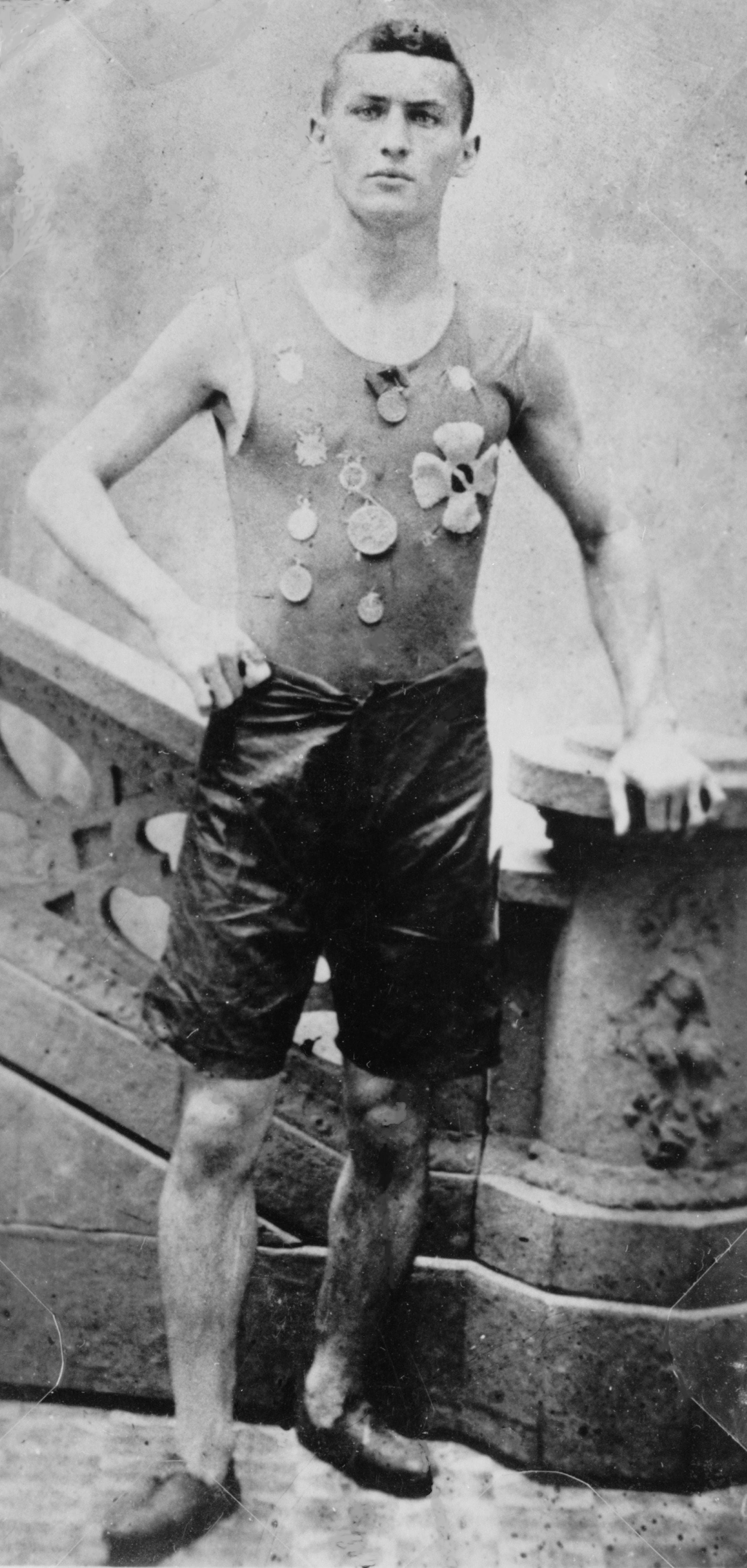
It is that Houdin - whom the general public has forgotten - changed the paradigm of the magicians. Even him, they maintained that their magic came from special powers, as did Harry Kellar, who associated his tricks with the devil. Instead, Houdin will say that it is from technique and tricks. Install the old game between the magician and the spectator: let the latter try to unravel how he does it.
Houdini, eager for recognition in his early days, tried to get Kellar to name him his heir. But he blessed Howard Thruston. Both become his great enemies.
El gran simulador
Houdini started out as an expert in deck tricks, but that's what everyone did. And it is in that understanding that he turns his. It is then that he understands that in order to stand out he must leave the abracadabra aside and immerse himself in more complex, more dangerous acts, where life and death hang by a thread, or rather by a rope.
When he came to a place, the first thing he asked was to be locked up in the safest prison, practically naked and chained. Within 10 minutes, he had usually freed himself, appeared before the mayor and shackled him. It was a great staging that prepared down to the smallest detail. He was in charge of warning the press, which followed him everywhere because his exploits, as they began to be published, became material that increased sales.
This was just one of his promotional tricks. In that sense, Houdini was also the founder of an advertising model that, through technological changes through, is still used to this day. For example, he hired seven bald men who roamed the city before his presentation and suddenly hunched his head, where each of the letters of his surname was written. The literacy large masses of the American population and the consequent rise of the written press did not escape the mind of the magician, who used that popularity to rob his own.
Houdini took magic to the streets, on a scale that no one had done before. Thousands of people gathered to see their escapes and I chose an easily accessible setting, where as many people as possible could see it. Those escapes consisted of being hung upside down, tied by a straitjacket, and he freed himself from all the ties in the sight of all. They also used to chain him in every possible way and he threw himself off public bridges and then swam out to the applause and admiration of thousands.
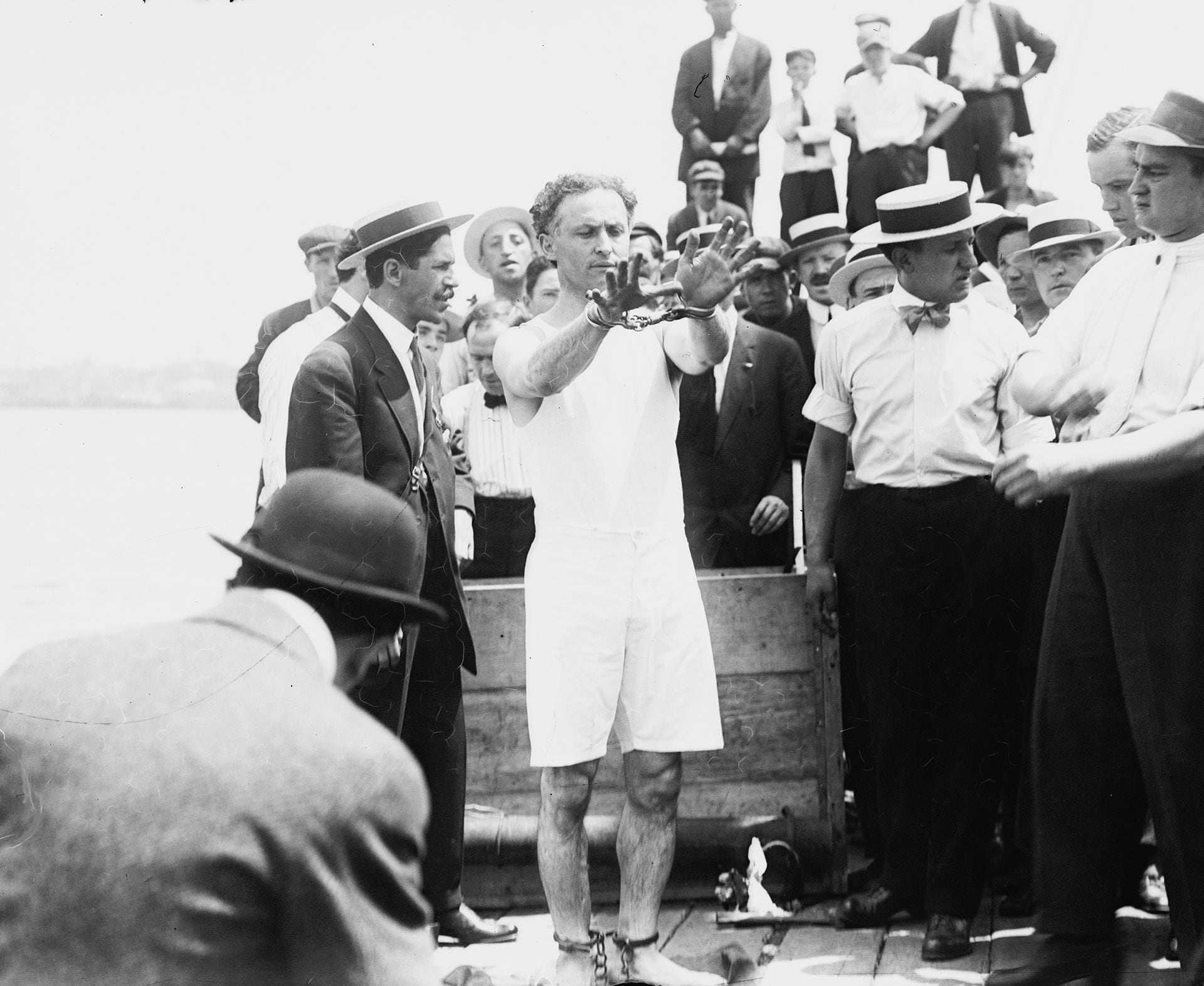
El gran escape
While all his escapes captivated, there was one in particular that elevated him to myth, one that is still dangerous today: the aquatic torture cell . He entered face down in a bucket full of water, tied by high security locks. It was his masterpiece, the morbidity and tension it generated in the audience was tremendous. He took them from expectation to the horror of seeing time go by and not showing up. To make the scene more dramatic, a master of ceremonies asked people to hold their breath, which of course they couldn't beat Houdini's training. An assistant with a mace in case something went wrong, a huge clock and the weather that the musicians on stage gave him completed the wonderful act. After 5 minutes, the audience shouted to be taken out and when the man in the mace was about to break the bucket, he appeared from behind. Actually, it only took him a minute to break free. The rest of the time he waited until his triumphant appearance he did so to feed his legend.
But Houdini wasn't just an escapist. He also knew how to play with optical effects, like when he made the elephant Jenny disappear.
H.P. Lovecraft, el “escritor fantasma”
Houdini was not only a great publicist for his mass events, he had also developed a whole production of promotional posters, in which - for example - he challenged people to wear handcuffs and if he could not remove them, he would give them a good sum of money. He should never have taken a bill out of his pockets. He worked with the best illustrators of the time and even hired H.P. Lovecraft, later known for his horror stories, to write his ads.
He wrote Imprisoned with the Pharaohs for the illusionist. There he told how he was trapped in a pyramid and what he had to do to escape. All in a tone of terror. For many years, the public believed that it had really happened.
Cine y aviones
Tony Curtis, Norman Mailer and Adrien Brody are some of the names that played the great illusionist, on the big or small screen, in the more than 10 adaptations that were made about his life, but Houdini also went through the cinema. His debut was with The Master Mystery, a 15-episode serial that played before the films. They lasted about 8 minutes, he showed his talent as an escapist and did not use doubles for risk scenes. Each episode ended at the climax of the scene, forcing viewers to return a week later to see how they continued. He then made several films The Grim Game (1919), Terror Island (1920), and with his own production company The Man from Beyond (1921) and Haldane of the Secret Service (1923).
His fame led him to travel the world. Germany, England and Russia were some of its destinations. Contrary to what some legends claim, he did not do so as a spy at the height of the First World War, but to return as a star after surprising, among others, William II and the Romanovs. There is another myth regarding his visit to the last tsar, in which it is claimed that he ridiculed Rasputin himself, but there is no real evidence about this event.
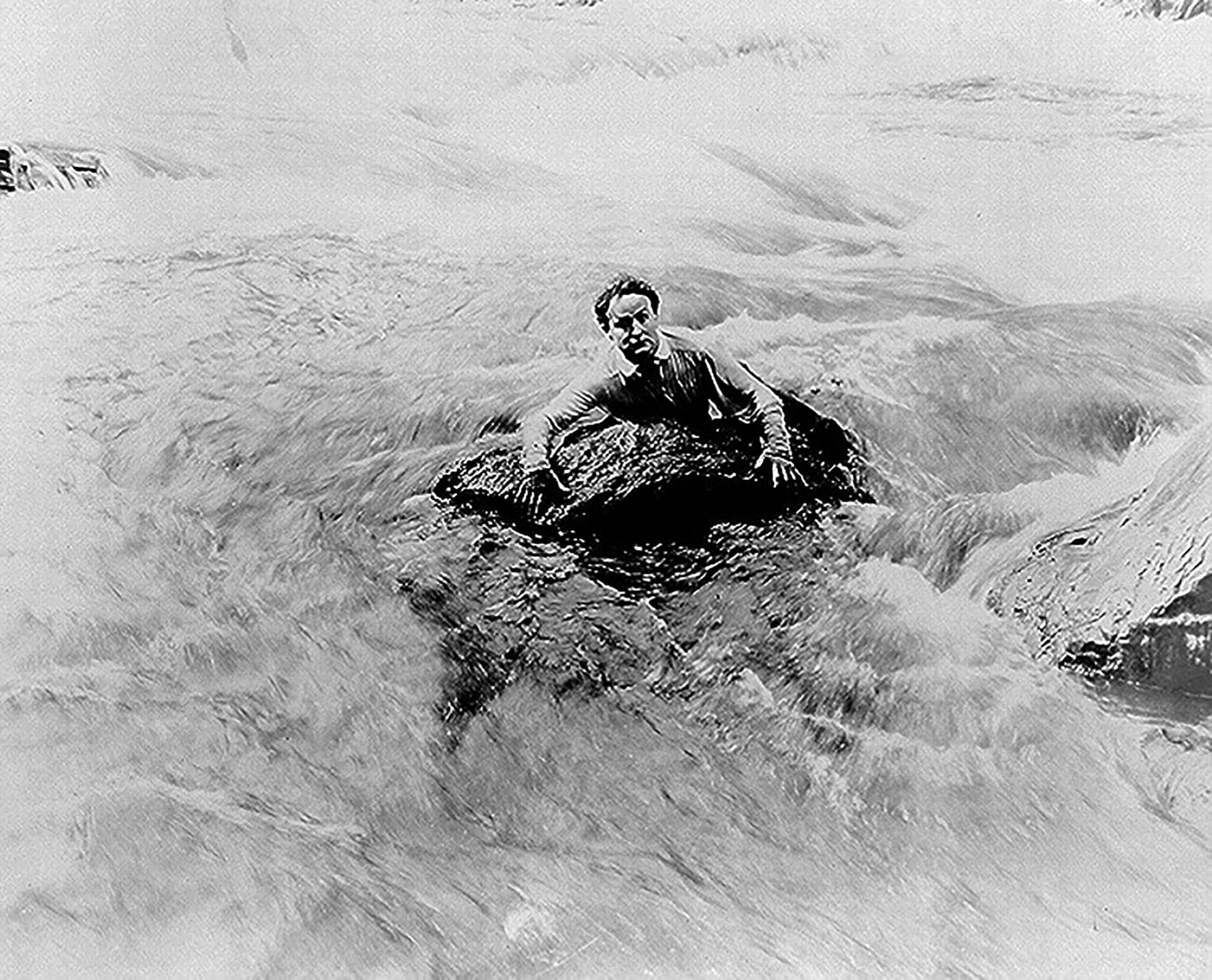
At the beginning of the 20th century, aviation appeared as a great phenomenon, after the Wright brothers, in 1903, managed to fly for the first time in history. Excited, he managed to get an airplane built for him. And in order for the world to notice that it could fly, it took off in a place where no one had ever done it: Australia. It was debut and farewell. He never flew a plane again.
The accomplice, his brother
Since that refusal of Kellar as heir, one of his obsessions has been to destroy the entire competition. To prevent other magicians from appropriating his tricks, he patented them. He was the first to do it, but it turned out to be a boomerang, because the magicians, instead of going to see him, went to the patent register: everything was explained there.
In those years, a new enemy emerged: Theodore Hardeen. The competition was beastly. Hardeen seemed to copy and improve his tricks. And so, each one raised the ante. The challenges were through the press. And so, both managed to fill theaters.
That rivalry continued for years, until it finally became known that it was nothing but another great trick. Hardeen was Ferenc Dezső Weisz, his younger brother. In this way, the little Weisz brothers made sure they were the center of attention wherever they went and left no room for competition. When Houdini died, it was Ferenc who continued to do his tricks.
Del amor al odio con Sir Arthur Conan Doyle
Sir Arthur Conan Doyle, father of Sherlock Holmes, was a spiritualist by law. He presided over the English Ghost Club, the one that had among its founders Charles Dickens, another great English pen. The difference between the writers was that Conan Doyle really believed in spirits, and for Dickens they had a more psychological explanation.
After a presentation by Houdini, Conan Doyle came to meet the illusionist. I was ecstatic about what I had just seen on stage. They forged a friendly relationship, of mutual admiration, until everything resulted in a fierce confrontation and, this time, it was not a publicity stunt.
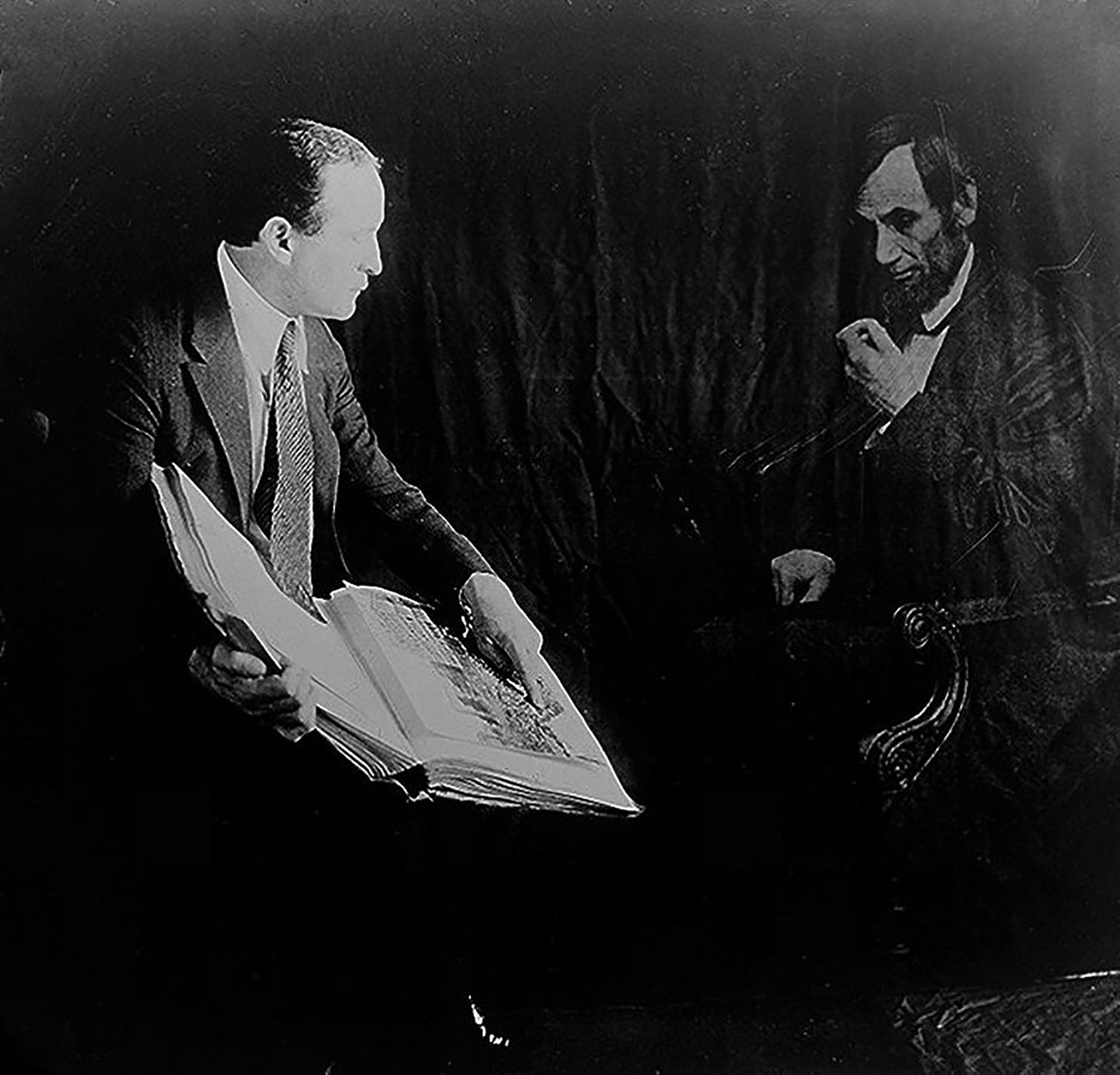
Houdini focused the last years of his life on fighting against spiritualism. The change in his career came after the death of his mother. While touring Europe in 1913, the news came to him and he was devastated. He always took care of her, they had an unbreakable bond and he has the feeling - the obsession, another - that she died without having said anything important to him. Then he began to go to mediums who told him they could connect them. Spiritism, at the time of the First World War and the Spanish flu, had become fashionable. The dead numbered in the millions, and the bereaved desperately needed to communicate with them. Fertile ground for scammers.
He went from medium to medium, so he began to reveal the deceptions, simple in his expert eyes: moving objects, sounds, phantasmagoric apparitions. In 1922, Conan Doyle organized a session in Atlantic City with his wife, who claimed to be able to communicate with the dead. It was just Houdini's birthday. In it, the novelist's wife is “possessed” by the spirit of the magician's mother, writes a text in perfect English with Christian expressions and delivers it to her. But the illusionist's mother did not know English, she was Jewish and in no paragraph alluded to the date of the anniversary of her own son. Houdini, indignant, writes an article denouncing them as scammers and starts a crusade against spiritualists.
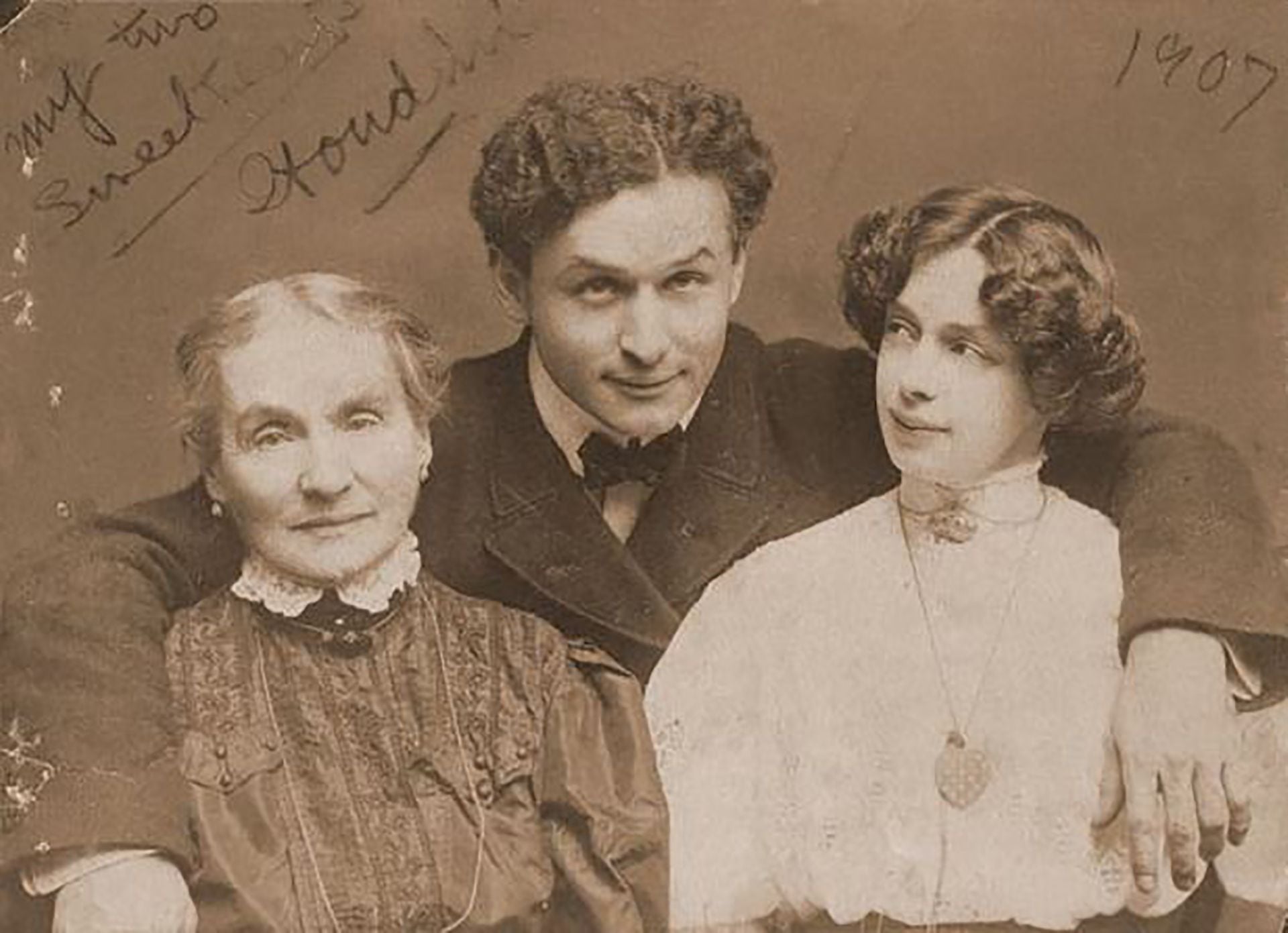
The Last Great Trick
In 1926, his body was already suffering a great deal of wear and tear. He was 52 years old, but he looked more. On a tour in Canada, two fans came up to ask him to do the trick of the punch, which consisted of getting punched in the abs in which he didn't even flinch. Before he answered or was ready, the young man hit him several times. He was in pain, but he continued his tour for a few days until in Detroit the pain was unbearable. They convinced him to go to the doctor, who found the rupture of his appendix. Soon after, he died of peritonitis.
Before she died, Houdini made his wife promise to remember a few words, a code, so when the mediums approached, she could quickly recognize whether or not it was a hoax. On October 31, in the early hours of the Halloween celebration, he passed away. For a decade, Bess agreed to hold a session of spiritualism on that date to contact him, but he never showed up, no one ever revealed the code. Eventually, she decided to stop. Bess said, “10 years is enough to wait for a man.”
A version of this note was published in 2018
KEEP READING:
